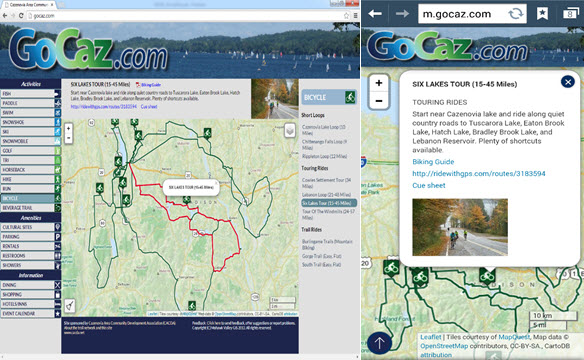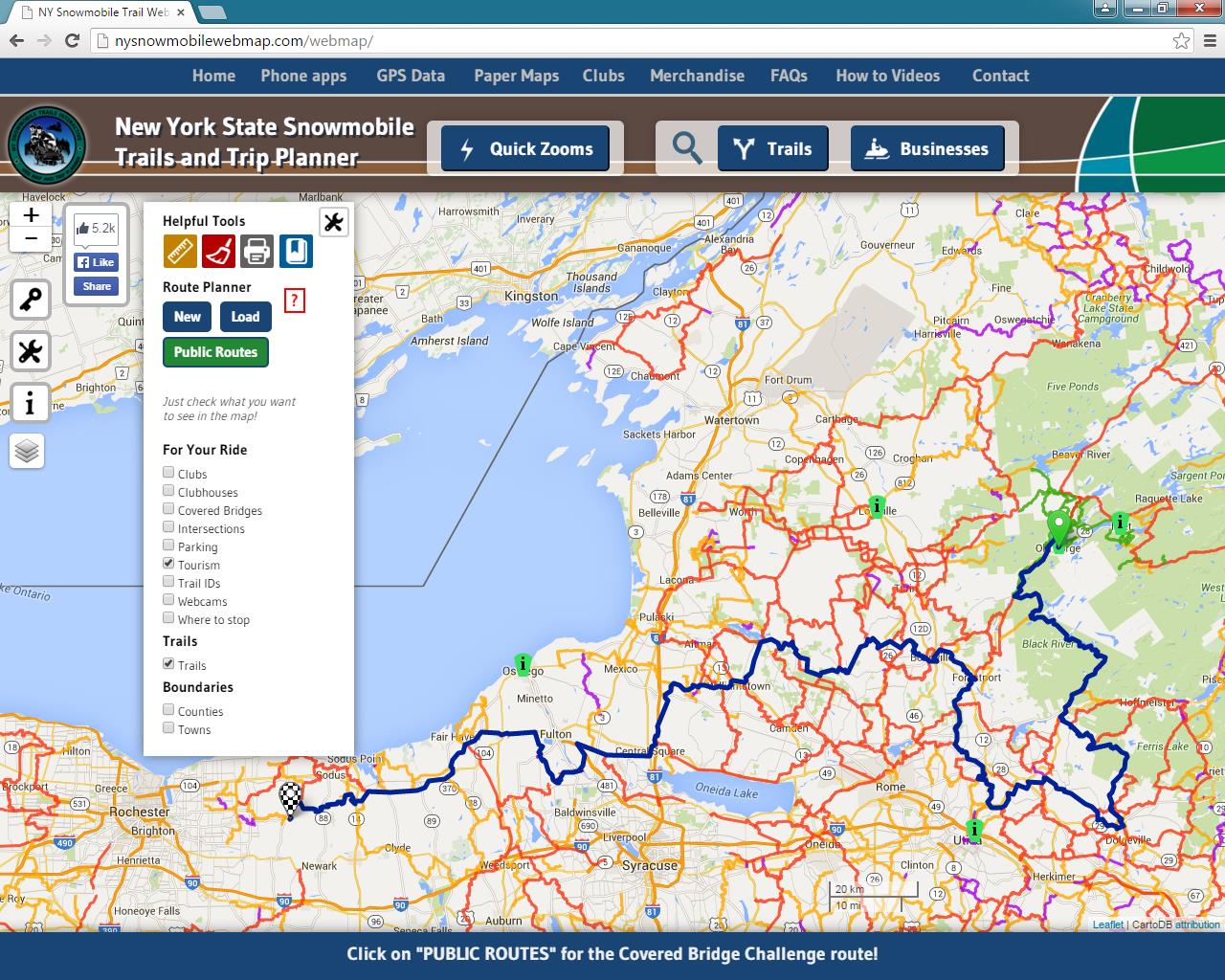Company Name: Mohawk Valley GIS
Website: www.mohawkvalleygis.com
Established: 2003
THE COMPANY
Linda Rockwood founded Mohawk Valley GIS in 2003, after her family relocated to Herkimer County, New York. Previously, she owned North Country Technology Integration in New Hampshire, working primarily with school teachers to integrate technology and particularly GPS and GIS into the K-12 curriculum.
Initially, Linda had planned to continue offering the same type of services in New York, but found more opportunities early on providing GIS system development, data creation and training to municipalities, and designing custom print maps for organizations.
Mohawk Valley GIS moved to historic Bagg’s Square in downtown Utica in 2014 and has grown to include three full-time staff in addition to Linda, who continues to keep her GIS skills current along with coordinating all business development associated with the firm. Interns from nearby SUNY Polytechnic Institute and Syracuse University help when everyone starts bouncing off the walls. The business received NY Women Business Enterprise (WBE) certification in 2013.
PRODUCTS AND SERVICES
The company has expanded to offer a complete suite of technology services including custom interactive online maps and mobile applications to help promote tourism and recreation, as well as to helping businesses, organizations and local governments towards updating websites to be mobile responsive.
By example, GoCaz.com is an interactive web map promoting four season recreation opportunities throughout the Cazenovia area in the Finger Lakes Region. This particular project is an example of an adaptive, rather than a responsive, mobile application. The software checks to see what device is accessing the map, then adapts by “offering” the correct version, either large screen or small device screen, as shown below.

The GoCaz website is device independent – enabling users to access the application from different platforms. The browser version screen is on the left and smartphone version on the right.
Mohawk Valley GIS has also been running two promotional, recreation e-commerce sites for the past six years: the winter-oriented NY Snowmobile Trails and the summer-oriented ADK Trail Map. The Snowmobile Map application features an interactive map with a route planner, no-reception-needed trail apps with turn-by-turn navigation, and GPS map offerings including Garmin .img file format overlay maps and regional .GPX track files and waypoints. The application was built in partnership with over 100 snowmobile clubs throughout New York State and was just awarded a NYS GIS Association Applications Award at NYGeoCon 2015. Many similar functions are available in the ADK Trail Map. Both projects feature responsive interactive maps, which respond to the device screen size by repositioning elements or eliminating some functionality.

In addition to containing a massive catalog of statewide snowmobile trails, the application also provides access to information on lodging, restaurants, and related travel services.
The route planner and turn-by-turn navigation functionality are built using a pathfinding algorithm which required converting the shapefile representation of the trails to a graph data structure. All geospatial application code in the web map is programmed using Leaflet, an Open Source javascript library.
Core Mohawk Valley GIS services include GPS data collection, geocoding and digitizing, custom map creation, GIS implementation and training, and GIS data analysis, particularly with regard to big data analysis for predictive analytics and visualization.
Other recent or currently underway Mohawk Valley GIS projects include:
- Municipality mobile app for Town of Webb/Old Forge, reception required, runs on all mobile devices/browsers, designed primarily for codes enforcement department
- Municipality mobile app for Warren County, no reception needed, for first responders, focusing on building and structure characteristics
- Custom paper map design for Vermont Association of Snow Travelers
- Responsive website for the Herkimer County Chamber of Commerce
- A unique (at clients request) website, American Electrical Enterprises, which uses a high tech data and chart visualization library
- Three “big data analysis projects”, all under Non-Disclosure Agreements (NDA), which include strong geospatial components related to predictive analytics, marketing, and real time data interpretation
To find out more about Mohawk Valley GIS geospatial services and products, visit their website.
CONTACT
Linda Rockwood, Owner
linda@mohawkvalleygis.com
114 Genesee Street, 3rd floor
Utica, NY 13502
315-624-9545
